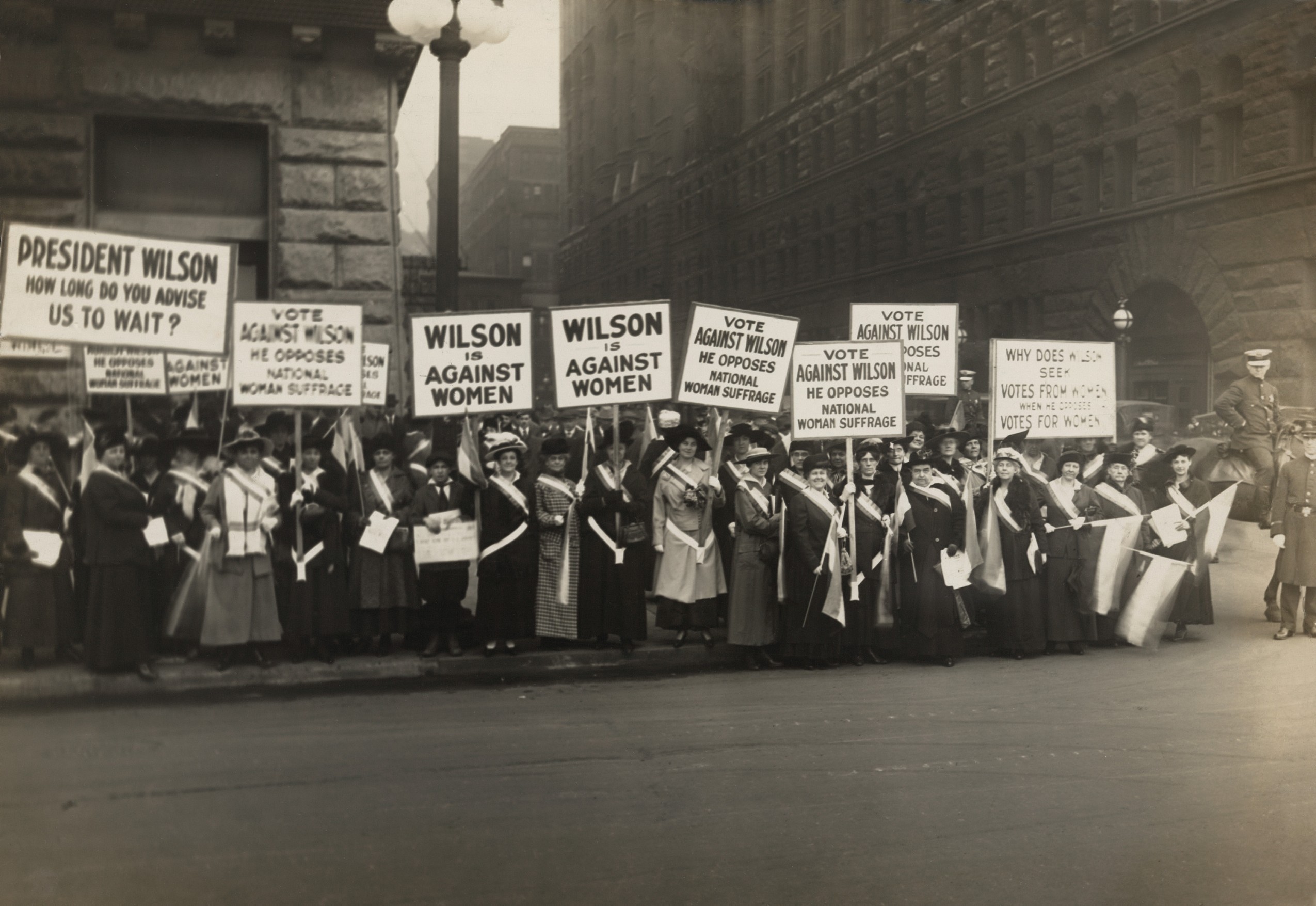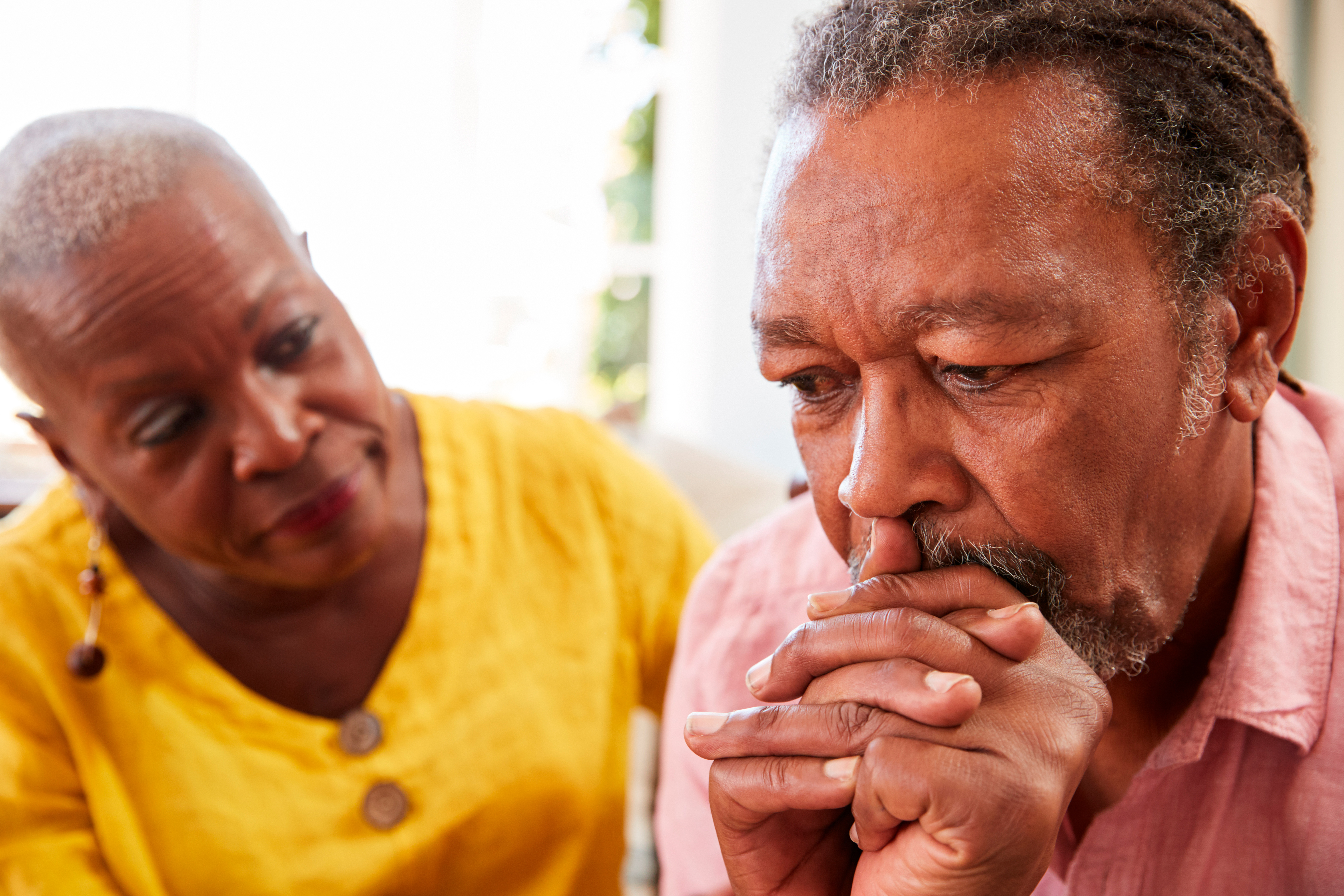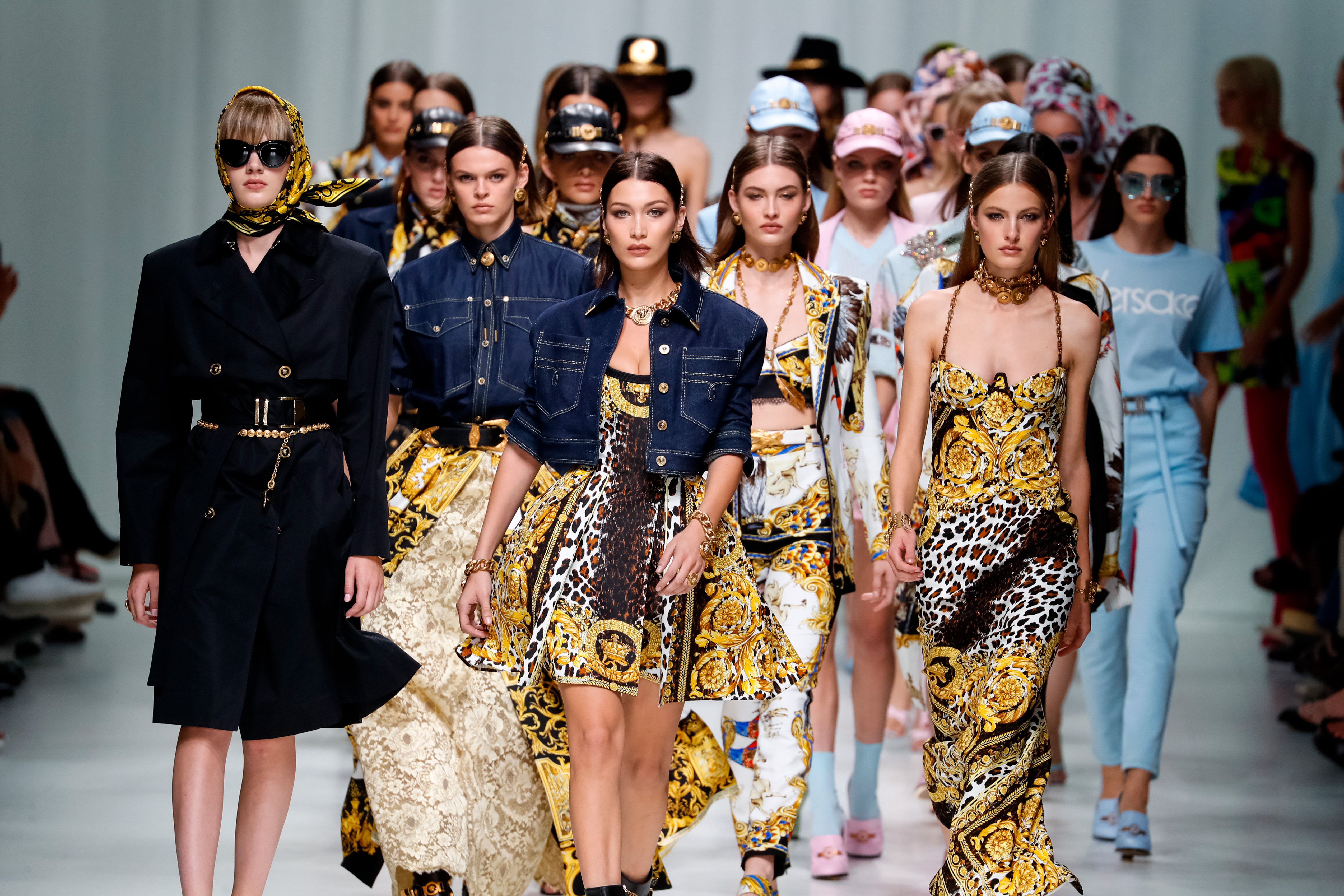Women and the mind doctors
Writer and Visiting Professor in Medical Humanities
- Women have long been the target of the psychiatric medicalising way of thinking about emotions and behaviour.
- The women’s movement and the great moment of Freudian analysis of women are a kind of sisterhood and acknowledge that women were unhappy with their condition.
- Statistically, women still suffer more than men from 'depression' and 'anxiety'.
- Women look at themselves and judge themselves negatively. By using women as air-brushed objects of desire to sell products, Capitalism has transformed their bodies into commodities.
Women’s discontent with their condition
Women have long been the target of the psychiatric medicalising way of thinking about emotions and behaviour. The cliché of all this is that during the late 19th century, certainly for the middle classes, what was considered to be appropriate for female behaviour was very limited. Reading books was considered something which could drive you mad; too much study was bad for you; love was bad for you unless it ended up in marriage and children; any kind of suffering that you might have after childbirth was also considered to be something … mad. Some of these things still pertain. So, one of the reasons people and historians like myself have thought that the early women’s movement and the great moment of Freudian analysis of hysteria were bedfellows is that they both pivot on the fact of women’s discontent with their condition
It was a condition which limited them, imprisoned them in certain kinds of norms that didn’t allow their full potential. You could go and protest about this in the streets. You could ask for the vote. You could ask for greater access to the professions, education and so on. Or you might end up seriously disturbed and on the couch. Worst of all, you might end up in an asylum.

A certain kind of parity
It seems to me that we’ve arrived in the Western world at a moment where women have got a certain kind of parity, maybe not in all directions and not in all professions, but there’s still a parity. We have equal access to rights, or we have the hope of them. In the psychiatric and therapeutic professions, women are a substantial, if not the larger cohort: these are after all the caring professions, and women are traditionally those who look after others. What that has done, in many cases, is liberated women to make the agenda of what is good for them – and I salute this completely. But in other respects, it’s also because people do suffer from extremes of emotion. It’s also meant that we’ve given a different characterisation to ailments, or illnesses, or what is considered extreme. But illnesses don’t go away: people, women still suffer.

Women and their bodies
Women are still above men, if you like, in the category of depression and in many other categories linked to anxiety and to the emotions. Now, what that tells you is that there are still many strains on women’s lives – and they have certainly come in. They’ve come in as part of the sexual revolution and the revolution in advertising, which has long used women and their bodies as sites of attraction for men, for the viewer. So, women are the scene. They are the objects of the gaze of society as a whole. Women look at themselves and judge themselves negatively. In tandem with the growth of capitalism and its recourse to women as objects of desire in terms of selling products, women see their bodies as being places of bad things.
Women think they’re too fat or too thin. They don’t think they’re beautiful enough. They think they have to be reshaped. They need bigger bosoms or smaller bosoms, smaller hips, bigger hips. Wherever you happen to be, these things are desire. They aren’t like the images often brushed, airbrushed, and created of them. And there has been through this new century what we call dysmorphia, or seeing the body in bad ways, which is linked to anorexia, sometimes to bulimia, and so on. So, new conditions have taken over.

Desire gone astray
One of these conditions is also linked to sexual abuse in childhood, the period of adolescence and indeed, retrospectively, in terms of harassment in the workplace. And this has become an area of protest. But it’s also, in individual terms, quite often something which turns up on the couch or with the medicalising psychiatrists as something that needs to be medicated. And we understand something which is quite new. We understand bad events, what we call traumatic events in childhood, to have sequelae, to have repercussions throughout one’s life. We now also understand what my generation would’ve called bad sex to have terrible repercussions on women’s lives, repercussions which lead to the need for therapy, and sometimes the need for psychiatric and medicated interventions.
You know, every time, every period has its own way of being crazy. Even when we have a large proportion of women in the therapeutic professions, we still have conditions which come from bad emotions or excessive emotions, a desire gone astray, lacks and so on.
Discover more about
women’s emotions
Appignanesi, L. (2009). Mad, Bad and Sad: Women and the Mind Doctors. W. W. Norton & Company.
Appignanesi, L., & Forrester, J. (2005). Freud’s Women. Basic Books.
Appignanesi, L. (2018). Everyday Madness: On Grief, Anger, Loss and Love. Fourth Estate.
Appignanesi, L. (2014). Trials of Passion: Crimes in the Name of Love and Madness. Virago Press Ltd.
Appignanesi, L. (2013). Losing the Dead. Virago Modern Classics.
Appignanesi, L. (2012). All About Love: Anatomy of an Unruly Emotion. W. W. Norton & Company.